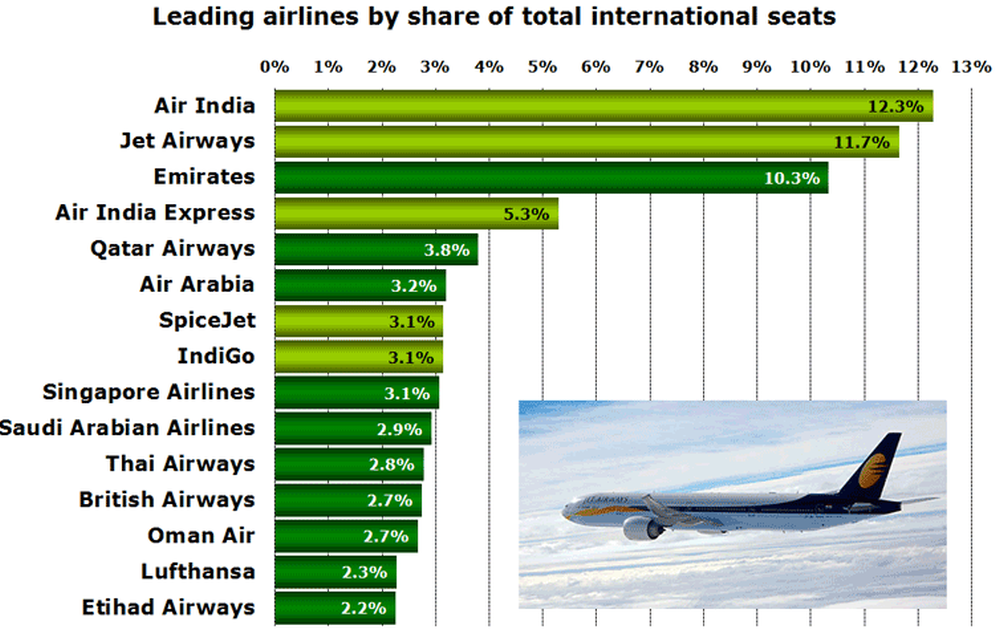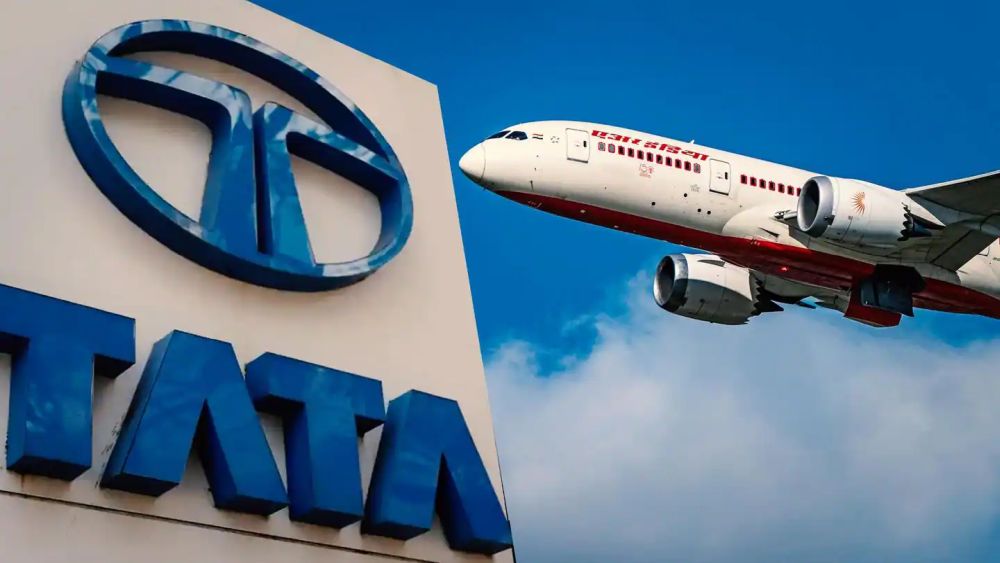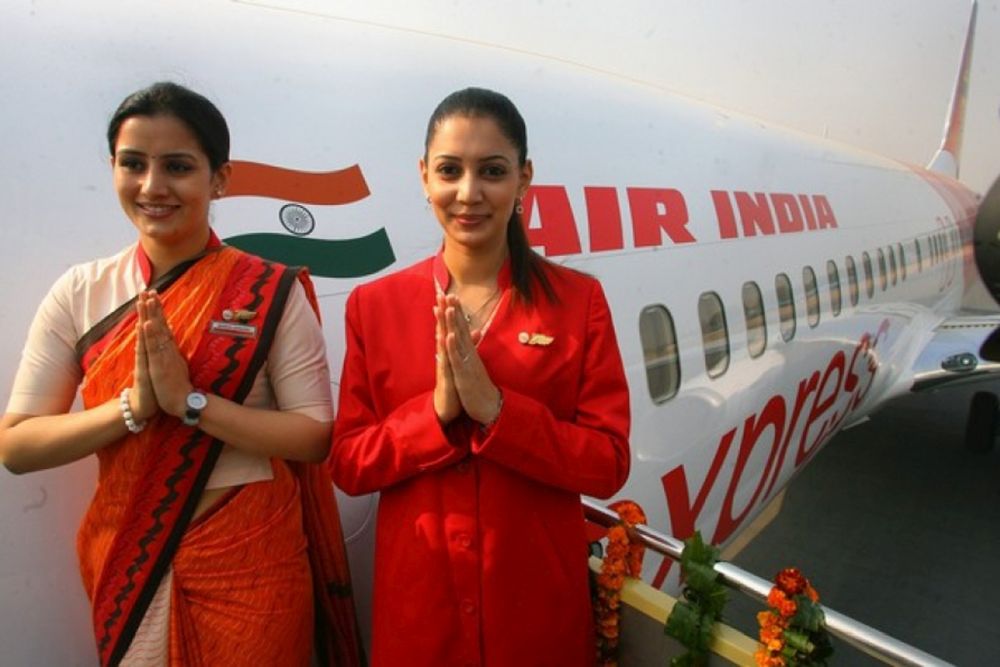In recent years, a remarkable transformation has been underway in the aviation industry, particularly in young, emerging economies where spending power is on the rise. From the acquisition of Air India by Tata Group to the burgeoning market in countries like Indonesia and the Philippines, airlines are witnessing a resurgence in regions once overlooked by the global aviation sector.

Understanding the Shift. The acquisition of Air India by Tata Group in 2022 marked a turning point for the beleaguered national carrier. Once burdened by debt and mismanagement, Air India is now undergoing a revitalization process fueled by strategic investments in new aircraft, branding, and operational restructuring. This move symbolizes the renewed confidence in India’s aviation market, which is poised for exponential growth in the coming decades.

The Indian Aviation Boom. India’s demographic dividend, coupled with increasing disposable incomes, has positioned it as one of the world’s fastest-growing civil aviation markets. With a projected five-fold increase in domestic air travel by 2042, India presents an immense opportunity for airlines to capitalize on a burgeoning traveler base. As per Airbus estimates, Indians are expected to undertake around 685 million trips annually by 2042, solidifying India’s position as a key player in the global aviation landscape.

Beyond India: Exploring Emerging Markets. However, the aviation boom extends beyond India’s borders. Countries like Indonesia, the Philippines, Thailand, and Vietnam are experiencing a surge in air travel demand driven by young, growing populations with a penchant for exploration. These emerging economies are witnessing substantial investments in infrastructure to improve connectivity, further fueling the growth trajectory of their aviation sectors.

The Chinese Factor. Despite a momentarily sluggish economy, China remains a pivotal market for the aviation industry. As travel restrictions ease, Chinese tourists are once again venturing abroad, signaling a resurgence in outbound tourism. Moreover, initiatives like visa-free travel and reciprocal agreements with other nations are facilitating smoother travel experiences for Chinese citizens, thereby stimulating air travel demand.

Challenges and Opportunities. While opportunities abound in these emerging markets, challenges persist. Air India faces stiff competition domestically from rivals like Indigo and internationally from established carriers like Emirates and Qatar Airways. Similarly, airlines in countries like the Philippines navigate hurdles such as engine issues and infrastructure limitations. However, strategic initiatives, such as privatization and fleet expansion, are propelling these carriers towards sustainable growth.

Navigating the Future. Looking ahead, the future of airlines in emerging economies hinges on strategic foresight and adaptability. For Air India, the goal is to establish itself as a global transit hub, capitalizing on India’s geographic advantage and burgeoning air travel demand. Similarly, airlines in Southeast Asian nations are eyeing expansion opportunities amidst increasing regional connectivity and growing traveler preferences.

A Promising Trajectory. The resurgence of airlines in emerging economies signifies a promising trajectory for the global aviation industry. With strategic investments, operational efficiencies, and a focus on customer experience, airlines are well-positioned to capitalize on the evolving travel landscape in regions once considered peripheral. As economies rebound and travel resumes, the skies ahead look brighter than ever for airlines in emerging markets.

